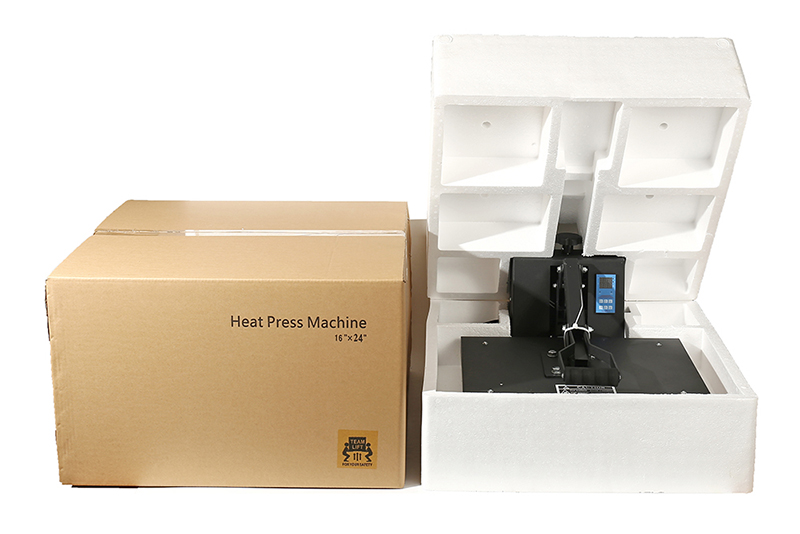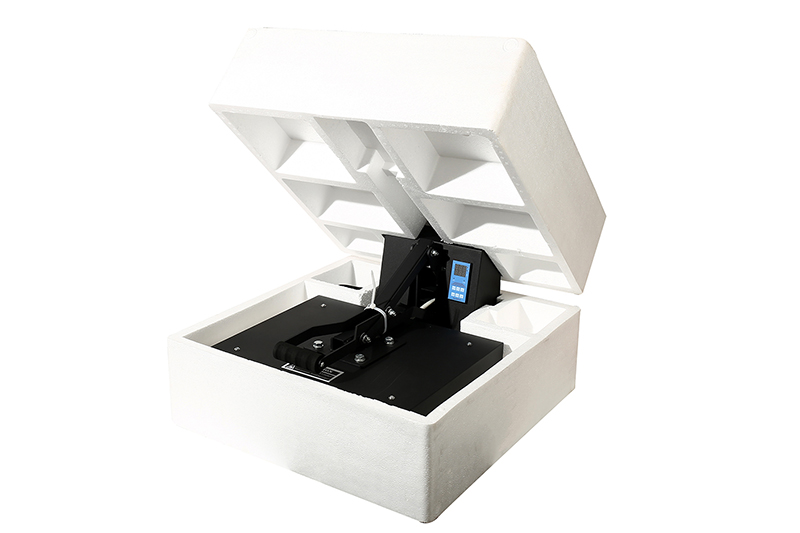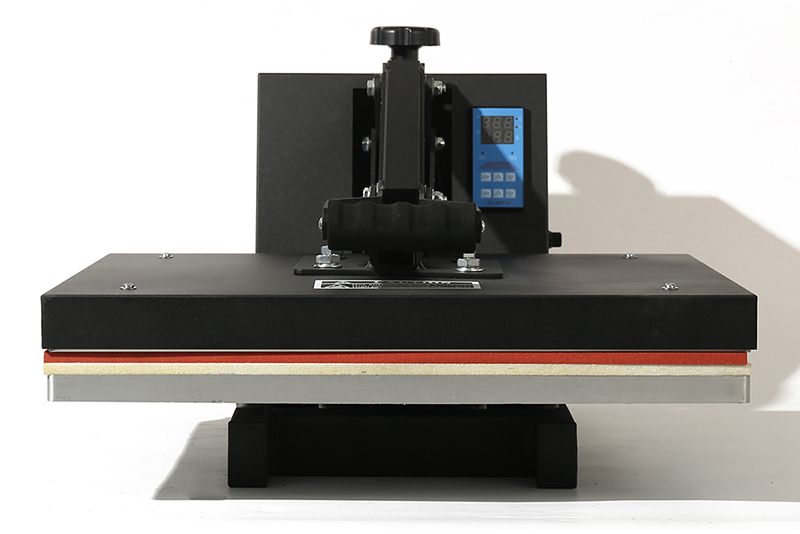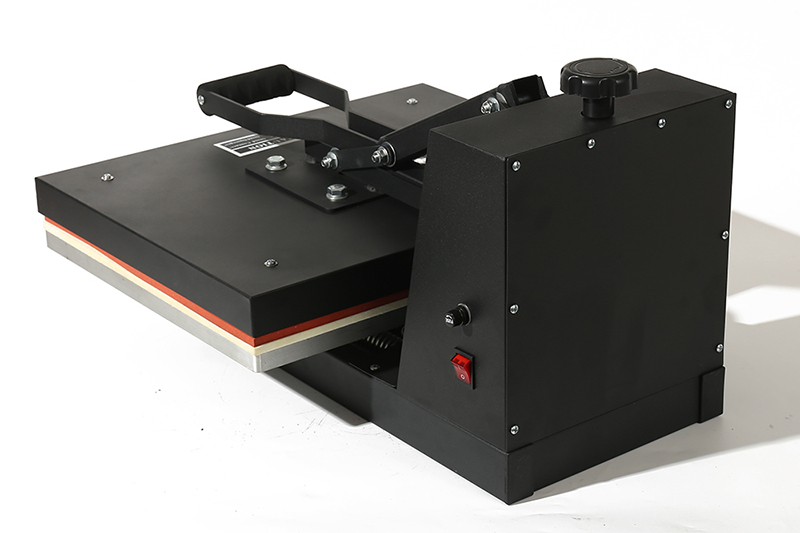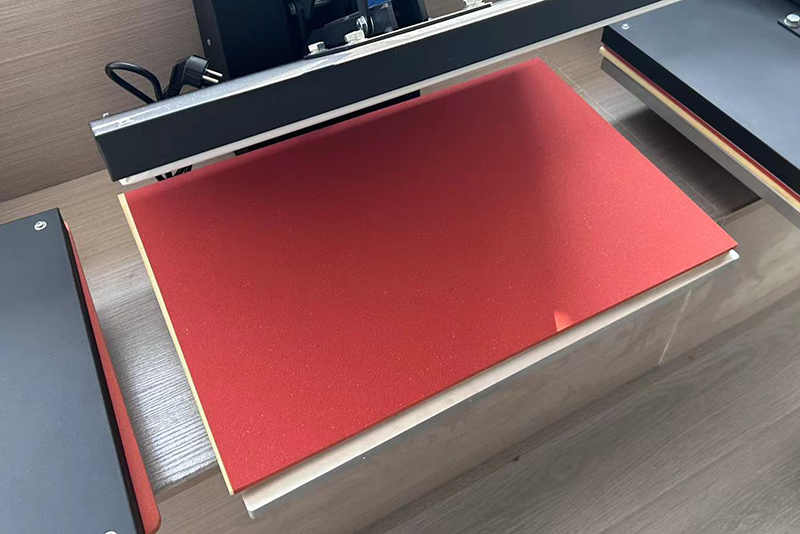In the realm of textile printing, heat press machines have revolutionized the way custom designs, patterns, and graphics are transferred onto various materials. From t-shirts and mugs to caps and tote bags, these versatile machines have become indispensable tools for entrepreneurs, small businesses, and DIY enthusiasts alike. With a plethora of options available in the market, selecting the ideal heat press machine can be a daunting task. This comprehensive guide aims to equip you with the knowledge and considerations necessary to make an informed purchase decision.
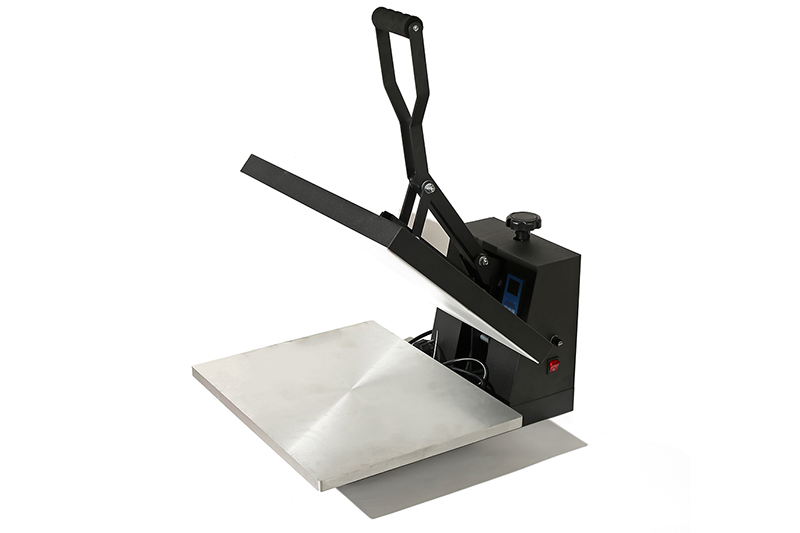
Factors to Consider When Choosing a Heat Press Machine
1.Platen Size
The platen is the heated surface of the heat press machine that comes into direct contact with the material being transferred. The size of the platen determines the maximum area that can be printed in a single press. For small-scale projects and personal use, a platen size of 12 x 15 inches might suffice. However, if you plan to work on larger projects or produce items for commercial purposes, opting for a larger platen size, such as 15 x 15 inches or even 20 x 25 inches, would be more suitable.
2.Temperature Control
Precise temperature control is crucial for achieving high-quality transfers. Look for heat press machines that offer adjustable temperature settings, preferably with a digital display for accurate readings. This allows you to fine-tune the temperature according to the specific material and transfer paper you are using. Some advanced models also feature preset temperature options for various materials, making the process even simpler.
3.Pressure Adjustment
Just like temperature control, adjustable pressure settings enable you to customize the pressure applied during the transfer process. This is particularly important when working with delicate materials that require lower pressure to avoid damage or distortion. Conversely, thicker materials may require higher pressure to ensure proper adhesion of the transfer.
4.Timer Function
A built-in timer is a valuable feature that allows you to set the exact duration of the heat press. This is essential for achieving consistent results and preventing over-pressing, which can lead to scorching or damage to the material. Look for machines with digital timers that provide precise control over the pressing time.
5.Swing-Away or Clamshell Design
Heat press machines typically come in two main designs: swing-away and clamshell. Swing-away models feature a platen that swings away from the base, making it easier to position the material and remove it after pressing. Clamshell models, on the other hand, have a top platen that opens and closes like a clamshell. While both designs have their advantages, swing-away models are generally preferred for their ease of use and accessibility.
6.Safety Features
Safety is of paramount importance when working with heat press machines. Look for models that incorporate safety features such as an auto-shutoff function, which automatically turns off the machine after a certain period of inactivity. Additionally, heat-resistant handles and a sturdy base help prevent accidents and ensure safe operation.
7.Warranty and Customer Support
When making a significant investment in a heat press machine, it is essential to consider the warranty and customer support offered by the manufacturer. A comprehensive warranty provides peace of mind and ensures that you are covered in case of any defects or malfunctions. Additionally, reliable customer support can be invaluable in resolving any issues or answering questions you may have during the usage of the machine.
Choosing the right heat press machine is a crucial step in setting up a successful textile printing business or pursuing your creative endeavors. By carefully considering the factors outlined in this guide, you can make an informed decision that aligns with your specific needs, budget, and project requirements. Whether you are a beginner or an experienced professional, investing in a high-quality heat press machine will empower you to create stunning transfers and unleash your creativity.
Kenteer supplies heat press machines. Customers in need are welcome to contact us.


